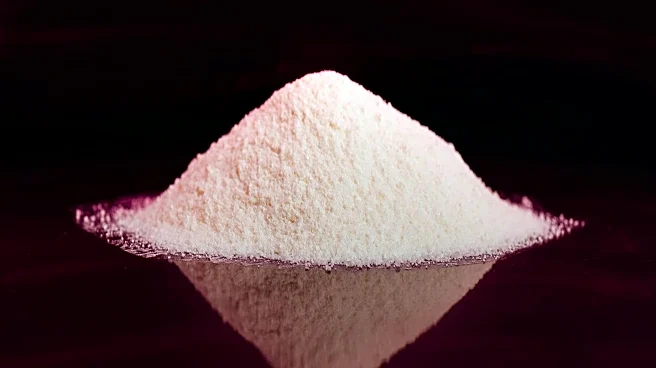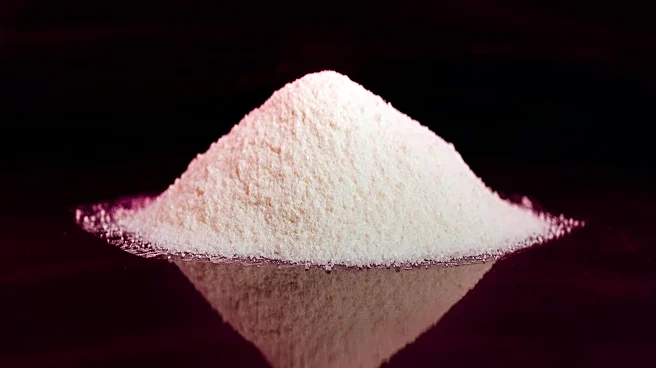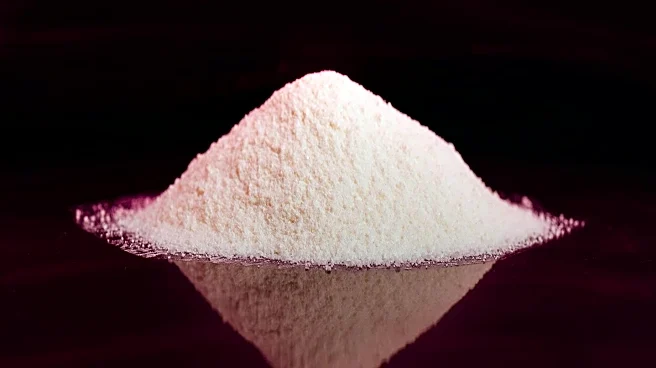What's Happening?
Consumer Reports published an article claiming that many protein powders contain unsafe levels of heavy metals like lead, cadmium, and arsenic. The report tested 23 products and found that 70% exceeded Consumer Reports' lead safety threshold. Companies
like Huel, named in the report, argue that their products meet NSF standards, which differ from Consumer Reports' criteria. Industry groups such as the Natural Products Association and the Council for Responsible Nutrition have criticized the report as alarmist and lacking scientific rigor. They emphasize the difference between detection and actual danger, citing studies that suggest the levels found do not pose significant health risks.
Why It's Important?
The controversy highlights ongoing concerns about the safety and regulation of dietary supplements and protein powders. Consumer trust in these products is crucial for the industry, which faces scrutiny over ingredient transparency and health claims. The differing standards between Consumer Reports and industry benchmarks like NSF create confusion and may impact consumer purchasing decisions. This debate underscores the need for harmonized safety standards and clearer communication about product testing and safety thresholds. The outcome could influence regulatory policies and consumer perceptions, affecting market dynamics and industry practices.
What's Next?
The industry may push for more standardized testing protocols and clearer labeling to address consumer concerns. Regulatory agencies could become more involved in setting unified safety standards for heavy metals in dietary supplements. Companies might increase transparency in their testing processes to rebuild consumer trust. The debate could also lead to further research into the health impacts of trace heavy metals in food products, potentially influencing future regulations and industry practices.
Beyond the Headlines
The issue raises broader questions about the role of consumer advocacy groups and their influence on public perception and industry standards. It highlights the tension between scientific research and consumer safety narratives, which can shape regulatory approaches and market trends. The discussion may prompt a reevaluation of how safety thresholds are determined and communicated, potentially leading to more collaborative efforts between industry and consumer groups to ensure product safety and consumer confidence.













